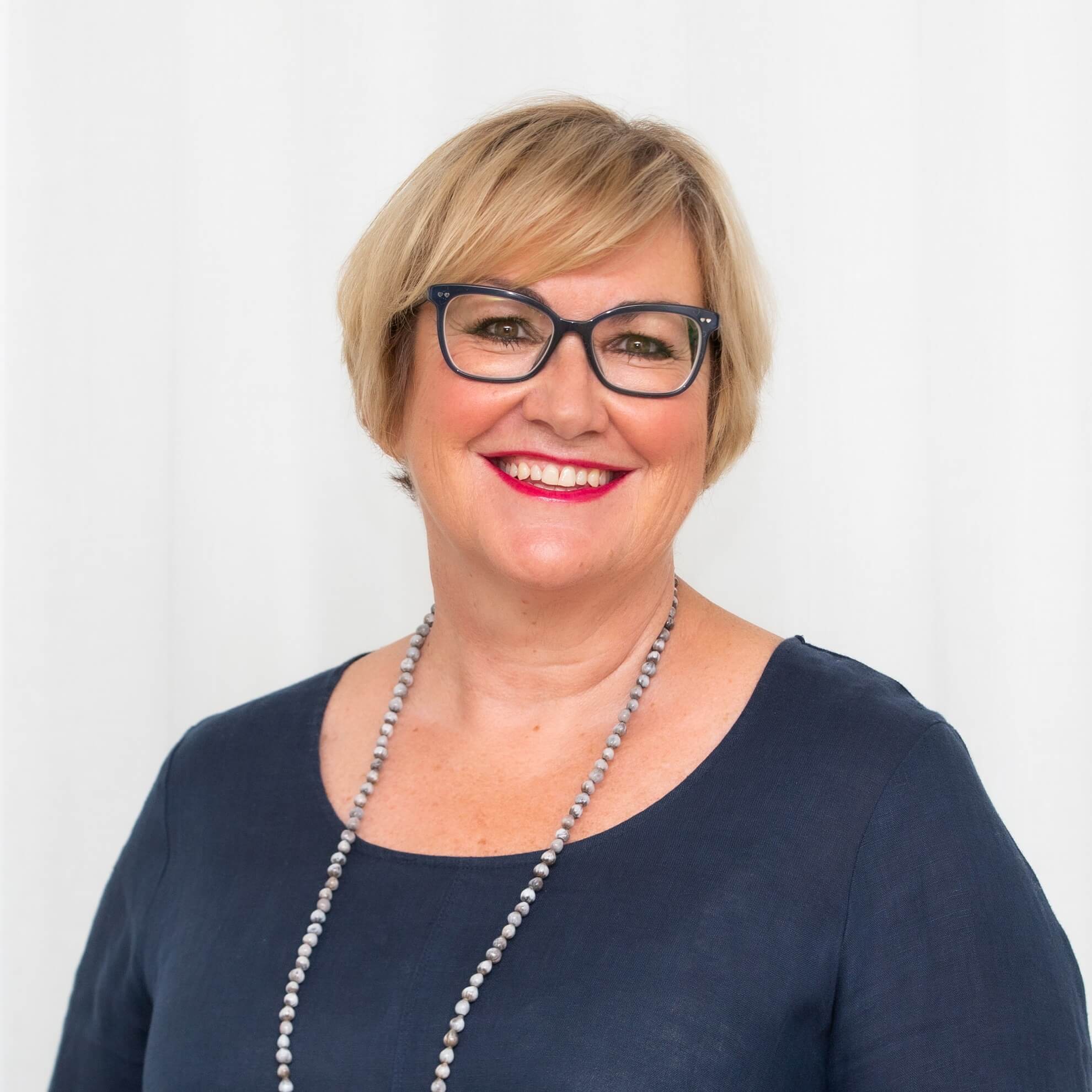 The three biggest drains on our money are paying for housing, food and transport; and there’s no getting away from the fact that it is unlikely we can live without any of the ‘big three’. Here we look at some ways of how to save on these items.
The three biggest drains on our money are paying for housing, food and transport; and there’s no getting away from the fact that it is unlikely we can live without any of the ‘big three’. Here we look at some ways of how to save on these items.
Saving on rent in the Big Smoke
It can be hard to save money on rent, especially when you live in the more expensive cities in Australia, like Sydney or Perth.
If your company allows remote work, consider living a bit further outside the CBD. If you only need to attend the office occasionally, you’ll save on rent while cutting your commute time down significantly.
Another idea is to consider flatmates. More people are sharing the rising cost of living by having flatmates beyond the usual university share house age. Do your research to find compatible house mates and enjoy company as well as lower living expenses.
Hugely popular house sharing site, Flatmates.com.au has recently recorded the 60 to 64 year old age bracket as having a 43 per cent growth in usage, followed by the 50 to 54 and 65+ brackets.
Buying a home
Buying your first home is definitely one of life’s ‘biggies’. RealEstate.com.au has developed an integrated calculator that helps take some of the worry and confusion of just how much it is going to cost you and all the steps involved.
The calculator will show you how much you can actually borrow, calculate hidden costs such as stamp duty and whether you will incur lenders mortgage insurance.
Make money from your home
A great way to make money from your existing home is to rent out a spare room via Airbnb or sites like Flatmates. Especially if you live in a major city in Australia, there are young people arriving from countries across Europe and South America as visa restrictions loosen up and many come to Australia on a working holiday or student visa. Generally, they will stay three to six months and the rent gained from them can be considerable.
Save money on decorating and furnishing
When you find your dream purchase or rental, the next financial hurdle may be how to turn it into a home by what you put inside it.
Home and lifestyle designer Jane Brown, of Jane Brown Interiors, suggests you buy at the end of the two biggest seasons in the year, Summer and Winter, when stores are likely to have sales and you can look for bargains. To save even more money, she recommends auction house sales, such as Grays Online, or eBay and Gumtree.
“Buy, sell and swap sites are springing up all over Facebook. These are great options, are usually community based and can be the source of amazing bargains”.
Food for your soul
The Australian government estimates food waste costs the country’s economy $20 billion each year. Four million tonnes of food end up as landfill and one in five shopping bags end up in the bin, equivalent to $3,800 worth of groceries per household per year.
Brisbane based, Rachel Smith helps people quit impulse shopping and is the author of Underspent, a book about how she broke her own shopping addiction and saved 38% of her salary in one year.
Her top tips for saving money on food shopping costs include:
- Plan meals so you will only buy ingredients you need
- Make a shopping list
- Stop buying ‘ready meals’ and microwave meals
- Avoid buying pre-packaged and pre-cut fruit, vegetables and salads
- Read the price label to see costs per gram or litre
- Know how much things cost, e.g. average price for a kilo of tomatoes or potatoes or a punnet of strawberries
- Use cash to pay for food and groceries, not credit cards.
Also, keep an eye out for expensive ingredients that go on sale and can be frozen for later on. Meat products will last roughly three months in the freezer if packaged properly, so when those expensive steaks are creeping towards their use by date, snap them up and store them for later.
Your method of transportation
Smith is also a transport planner and the author of Decongestion, an eBook to help city leaders and mayors to cut traffic congestion.
Quoting the recent Australian Automobile Association’s Transport Affordability Index, Smith said that Brisbane families spend on average $19,629 a year on transport, with Sydney families coming out even higher at $22,237.
Smith’s tips for saving money on transport include:
- Car pooling
- Off peak travel on public transport
- Working from home, even one day a week or a month
- Walking or cycling instead of using the car.
You can also shop around for car insurance, for example, a lot of companies now let you pay monthly, with no penalty or price increase.
Do you even need a car? There are now great car sharing services such as Go Get and Drive My Car. If you can manage without a car, you can rent out your parking space if you have one. Parking spaces in Sydney’s Ultimo near the CBD go for approximately $60 per week.
And try to avoid using taxis or Uber when there’s a cheaper alternative. In Sydney and Melbourne there are now hire bikes which are great for your wallet and your health; access is gained by downloading an app and paying a small fee, which unlocks the bike.
Let’s discuss how we can improve your spending habits, book a time to chat here, and we’ll talk over what’s best for you.
Source: Money and Life
